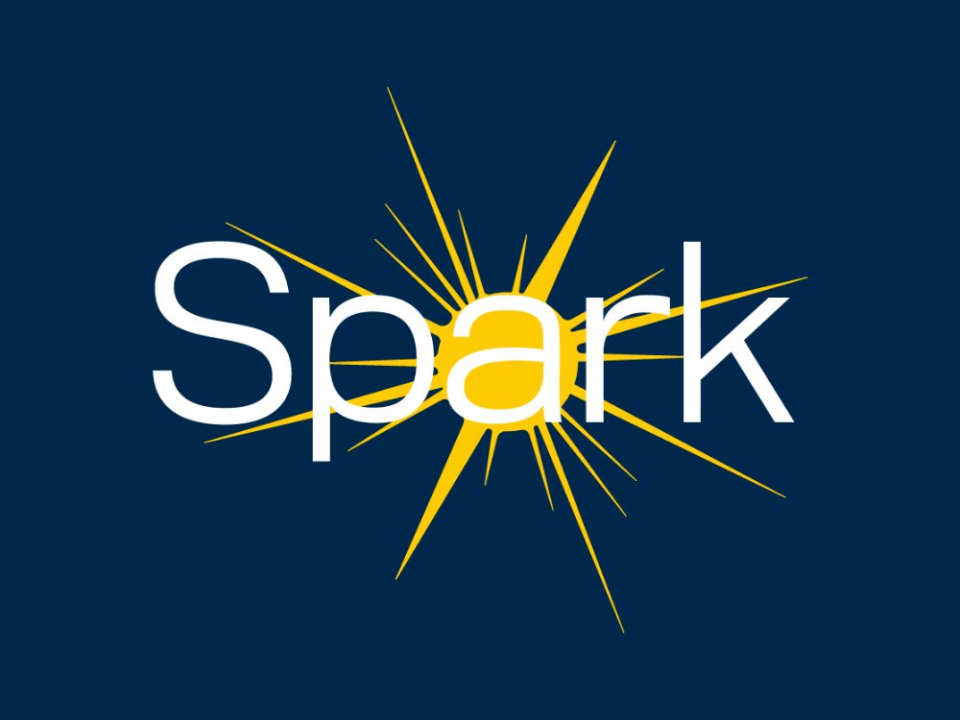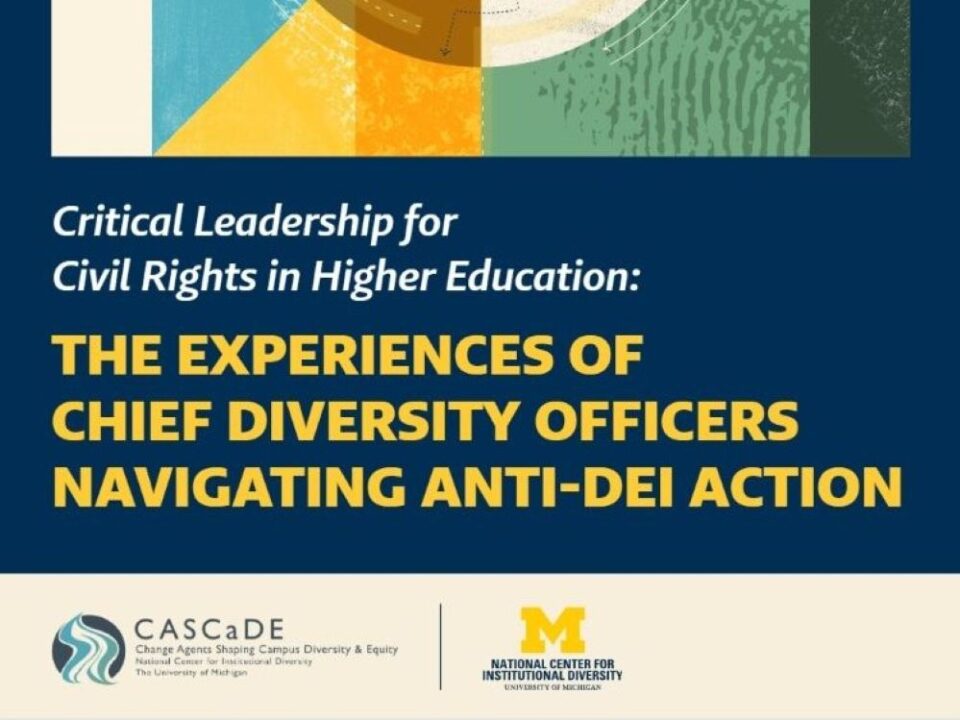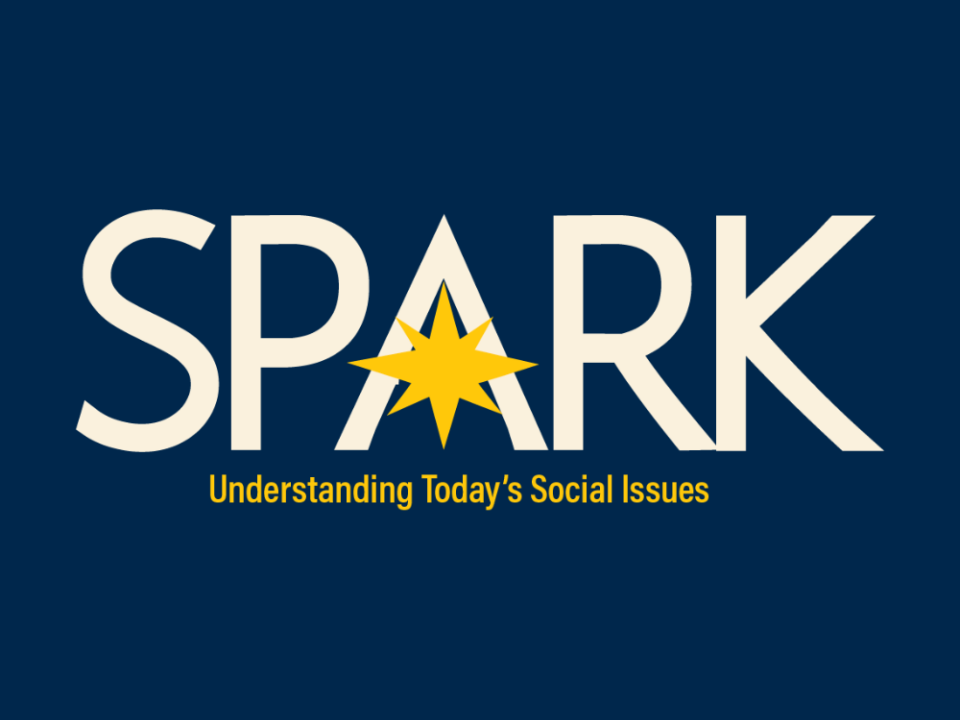- About
- News
- Events
- Initiatives
- Anti-Racism Collaborative
- Change Agents Shaping Campus Diversity and Equity (CASCaDE)
- Diversity Scholars Network
- Inclusive History Project
- James S. Jackson Distinguished Career Award for Diversity Scholarship
- LSA Collegiate Fellowship Program
- University Diversity & Social Transformation Professorship
- Publications & Resources
- About
- News
- Events
- Initiatives
- Anti-Racism Collaborative
- Change Agents Shaping Campus Diversity and Equity (CASCaDE)
- Diversity Scholars Network
- Inclusive History Project
- James S. Jackson Distinguished Career Award for Diversity Scholarship
- LSA Collegiate Fellowship Program
- University Diversity & Social Transformation Professorship
- Publications & Resources

LSA Announces New Cohort of Collegiate Fellows
June 21, 2018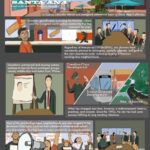
Scholar Story: Erualdo González
August 27, 2018Scholar Story: Doug Meyer
"Being more punitive is not the way to reduce anti-queer violence because it will subject many LGBTQ people to more policing and more criminalization." —Doug Meyer
Before the #blacklivesmatter movement, Doug Meyer was busy interviewing 47 LGBTQ victims of violence to learn more about the experiences of LGBTQ people — especially LGBTQ people of color — with police brutality. These interviews are the foundation of his book, Violence against Queer People: Race, Class, Gender, and the Persistence of Anti-LGBT Discrimination.
The parallels between the #blacklivesmatter movement and his book are not lost on Dr. Meyer. Both the movement and his book are framed around a pushback against the criminal justice system. He sees his work as something similar to what Kimberlé Crenshaw was doing with the #SayHerName campaign which drew attention to black women's experience with police brutality.
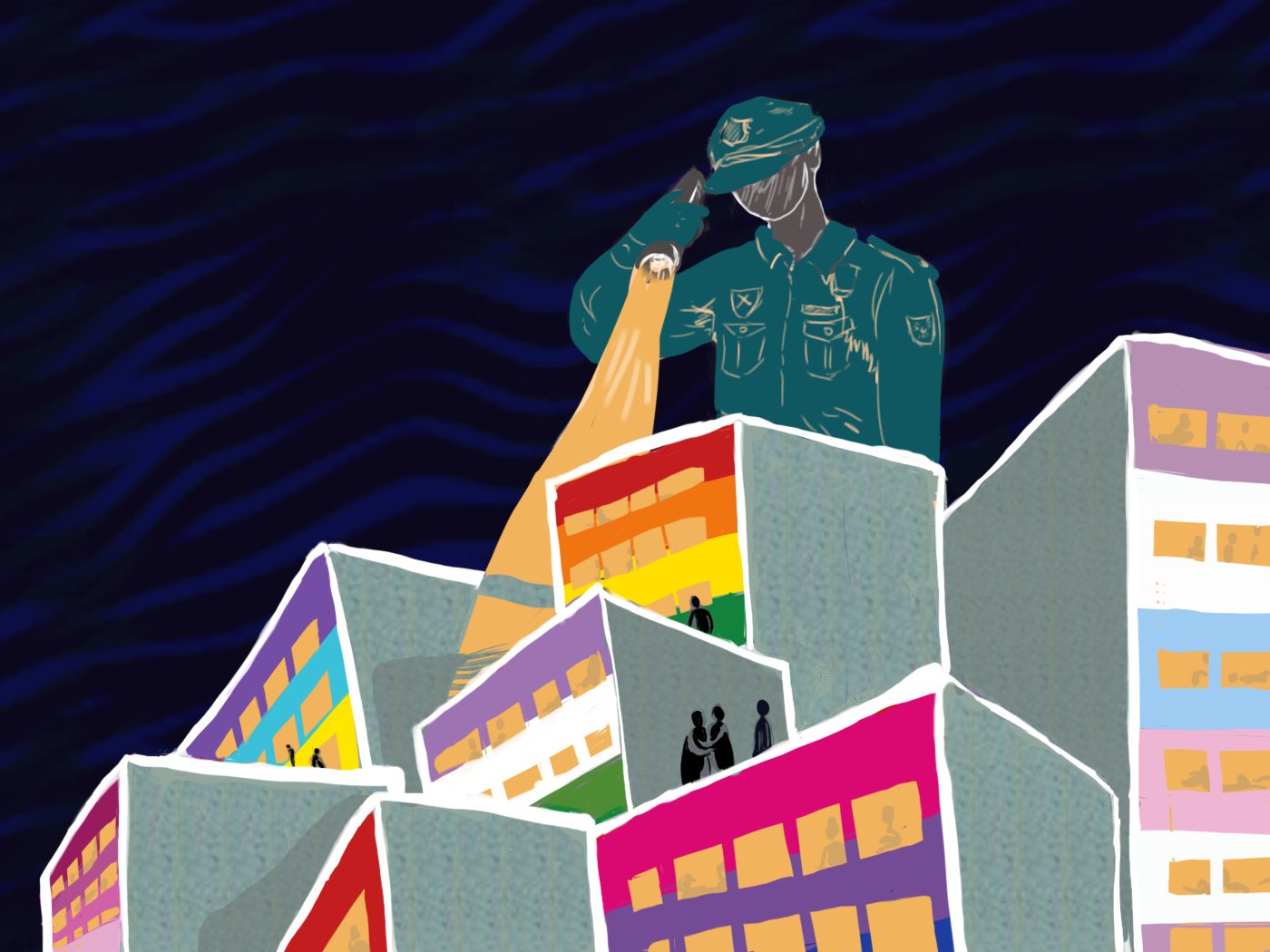
According to Dr. Meyer, “Police violence against black heterosexual men who are not trans is an important issue that deserves our attention, but violence occurs against black queer people as well, at very high rates, so more attention needs to be paid to these sorts of silences that occur around police brutality. I was trying to draw more attention to police violence against black queer people.”
Dr. Meyer is an assistant professor in the Department of Women, Gender & Sexuality at the University of Virginia. His research focuses on the race, class, and gender dynamics of anti-queer violence. I caught up with Dr. Meyer to learn more about his research from his book.
This interview has been edited for clarity and length.
Tell me a little about your book, Violence Against Queer People. What was the purpose of the book?
The book is a critique of the traditional emphasis on anti-queer violence and how it has reinforced race and social class inequality.
Previous research typically focuses on public street violence, and it also overwhelmingly emphasizes homophobia. That analysis comes in particular from the hate crime literature, where there's been an emphasis on stranger-based attacks rooted in prejudice or hate. In contrast, my work illuminates more pervasive forms of violence, such as violence from family members as well as institutionalized forms of violence through the criminal justice system.
When many people think about homophobic violence, they don't typically think about the forms of violence experienced by the people I interviewed. For example, they don't think about sexual assault or rape against lesbian, bi, or trans women or violence perpetrated by a white police officer against an LGBTQ person of color.
Almost all the LGBTQ people of color I interviewed had experiences of police brutality. And several of the bisexual and trans women had experienced intimate partner violence, and yet those forms of violence are very far from how anti-queer violence has traditionally been represented.
Other forms of inequality haven't been taken into consideration in the previous literature, and what that has done is it's marginalized broader questions of power. So, I'm essentially interested in power related to race, class, and gender.
What prompted you to examine this topic?
This project came about in response to the literature that has traditionally focused on street violence, and stranger attacks in particular. The problem with that emphasis is there's this idea that an LGBTQ person is just walking down the street minding their own business and then someone else suddenly randomly attacks them.
In that narrative, the victim is implicitly white and middle class, and those random attacks have been used to increase punitive policies to expand criminalization. It feeds into those stranger danger narratives, or these ideas of a disruptive and disorderly perpetrator. There's this idea of someone waiting in the bushes to attack you. Well, that dangerous, scary person has often been coded as a poor person and frequently black or Latino as well. Sometimes it's implicit or subtle, but sometimes it has not often very subtle. It's quite overt.
What did you learn from your research?
First, the criminal justice system does not benefit many trans people and LGBTQ people of color that I interviewed, given their negative experiences with the police and given that they were often criminalized in public space.
The LGBTQ rights movement has called on the criminal justice system to protect LGBTQ people from violence. Although criminalization has often been sold as "protecting" LGBTQ people from harm, that history of expanding criminalization has actually harmed many LGBTQ people tremendously, especially the most marginalized.
For example, a large part of the problem is that gender nonconformity is associated with “making trouble” or “being disruptive” through the lens of authority figures. LGBTQ people of color who live in poor communities, especially those who are gender non-conforming or trans, the police often approach them as making trouble or being disruptive, just through their existence. Of course, these dynamics exist beyond the criminal justice system, but I think there it seems so heightened to LGBTQ people of color because they're experiencing it on this very intense basis through someone that has the power to throw them in jail.
Many LGBTQ academics and activists, myself included, are increasingly positioning the criminal justice system as contributing to rather than reducing inequities because we know that biases in the criminal justice system have disproportionate race and social class effects.
Second, when comparing the perceptions of white queer people, in particular white gay men, with the perceptions of LGBTQ people of color, LGBTQ people of color expressed much more uncertainty around viewing experiences as definitively homophobic, when white gay men often viewed them as very definitively homophobic.
The quote from that chapter that sticks out in my mind, I had a black trans woman tell me something like ... This is paraphrase here, “If a white person calls me a ‘fag’ or a ‘freak,’ I have a really hard time determining if they hate me because I'm black or because I'm trans." When violence was interracial, people of color had a difficult time parsing both of those things out.
Part of the problem is there's often been this contrasting of LGBTQ people and people of color, where LGBTQ people are positioned on one side far away from people of color as if they're mutually exclusive — as if these categories don't go together at all, when many people are both of those things.
What are the key takeaways of your work?
People should start from an intersectional position or a position that takes race, class, and gender seriously. A singular emphasis on homophobia fails to take into account that the experiences of many LGBTQ people are shaped as much by racism and sexism as they are by homophobia. The needs and concerns of less privileged LGBTQ people need to be given more consideration.
If you start from that position, the criminal justice system will never be seen as the savior or the protector of queer people. Trans people and LGBTQ people of color already know this. The criminal justice system isn't something we should be looking to as the solution.
We need to think about different things as constituting violence. The criminal justice system is one of those things. These institutions and systems that produce large amounts of violence are so normalized that they're positioned as outside of violence, as though they are free of it.
One important solution is to confront the pathologizing of gender nonconformity. As I said, the police will approach an LGBTQ person and assume that they're being disruptive. Gender nonconformity is associated with disorder in our society. And that's also one of the ways LGBTQ people are blamed for the violence that's enacted against them. The onus is in part on people who are not LGBTQ to change how they view violence and sexual assault against LGBTQ people.
Are you interested in Dr. Meyer’s work? Visit his profile here.


